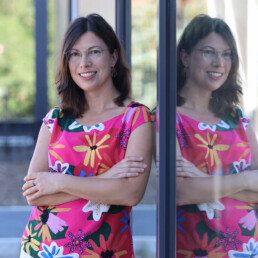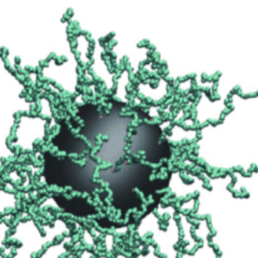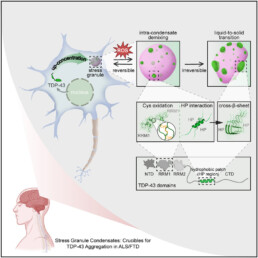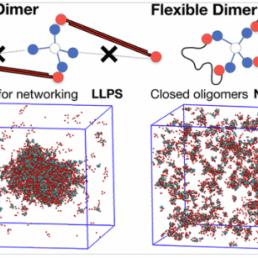Filament formation by the translation factor eIF2B regulates protein synthesis in starved cells
Aminoacyl-tRNA synthetases (aaRSs), the enzymes responsible for coupling tRNAs to their cognate amino acids, minimize translational errors by intrinsic hydrolytic editing. Here, we compared norvaline (Nva), a linear amino acid not coded for protein synthesis, to the proteinogenic, branched valine (Val) in their propensity to mistranslate isoleucine (Ile) in proteins. We show that in the synthetic site of isoleucyl-tRNA synthetase (IleRS), Nva and Val are activated and transferred to tRNA at similar rates. The efficiency of the synthetic site in pre-transfer editing of Nva and Val also appears to be similar. Post-transfer editing was, however, more rapid with Nva and consequently IleRS misaminoacylates Nva-tRNAIle at slower rate than Val-tRNAIle. Accordingly, an Escherichia coli strain lacking IleRS post-transfer editing misincorporated Nva and Val in the proteome to a similar extent and at the same Ile positions. However, Nva mistranslation inflicted higher toxicity than Val, in agreement with IleRS editing being optimized for hydrolysis of Nva-tRNAIle. Furthermore, we found that the evolutionary-related IleRS, leucyl- and valyl-tRNA synthetases (I/L/VRSs), all efficiently hydrolyze Nva-tRNAs even when editing of Nva seems redundant. We thus hypothesize that editing of Nva-tRNAs had already existed in the last common ancestor of I/L/VRSs, and that the editing domain of I/L/VRSs had primarily evolved to prevent infiltration of Nva into modern proteins.
Keywords: aminoacyl-tRNA synthetase; mistranslation; non-proteinogenic amino acids; primordial translation; proofreading.
Copyright © 2019 Elsevier Ltd. All rights reserved.
Current news by our research groups
Agnes Toth-Petroczy receives Schering Young Investigator Award 2025
According to the Schering Stiftung website: "The Schering Stiftung annually awards the Schering Young Investigator Award, honoring scientists who have demonstrated outstanding achievements in basic research across the spectrum of life sciences... It carries a prize money of € 10,000." Agnes…
New Study: Molecular dynamics investigation of polymer-decorated nanoparticles with co-nonsolvent: Structural transitions from isotropic layers to heterogeneous patches
A new study by Sommer and colleagues in the Journal of Chemical Physics investigates how polymer-decorated nanoparticles (PDNPs)—tiny particles coated with grafted polymer chains—undergo structural changes in mixed-solvent environments. Using detailed molecular dynamics simulations, the authors…
Intra-condensate demixing of TDP-43 inside stress granules generates pathological aggregates
A new study from the labs of Honigmann, Hyman, and Alberti in Dresden, in addition to colleagues in Texas A&M University, Mayo Clinic, Brown University, and Saint Louis University investigates the mechanism behind pathological outcomes of protein aggregation inside stress granules. The authors…
Impact of Coiled-Coil Domains on the Phase Behavior of Biomolecular Condensates
A new Study from the Harmon and Sommer Labs in ACS Macro Letters entitled 'Impact of Coiled-Coil Domains on the Phase Behavior of Biomolecular Condensates' addressed how the geometry and structure of folded domains impact condensate formation. They used coarse-grained simulations to determine that…




